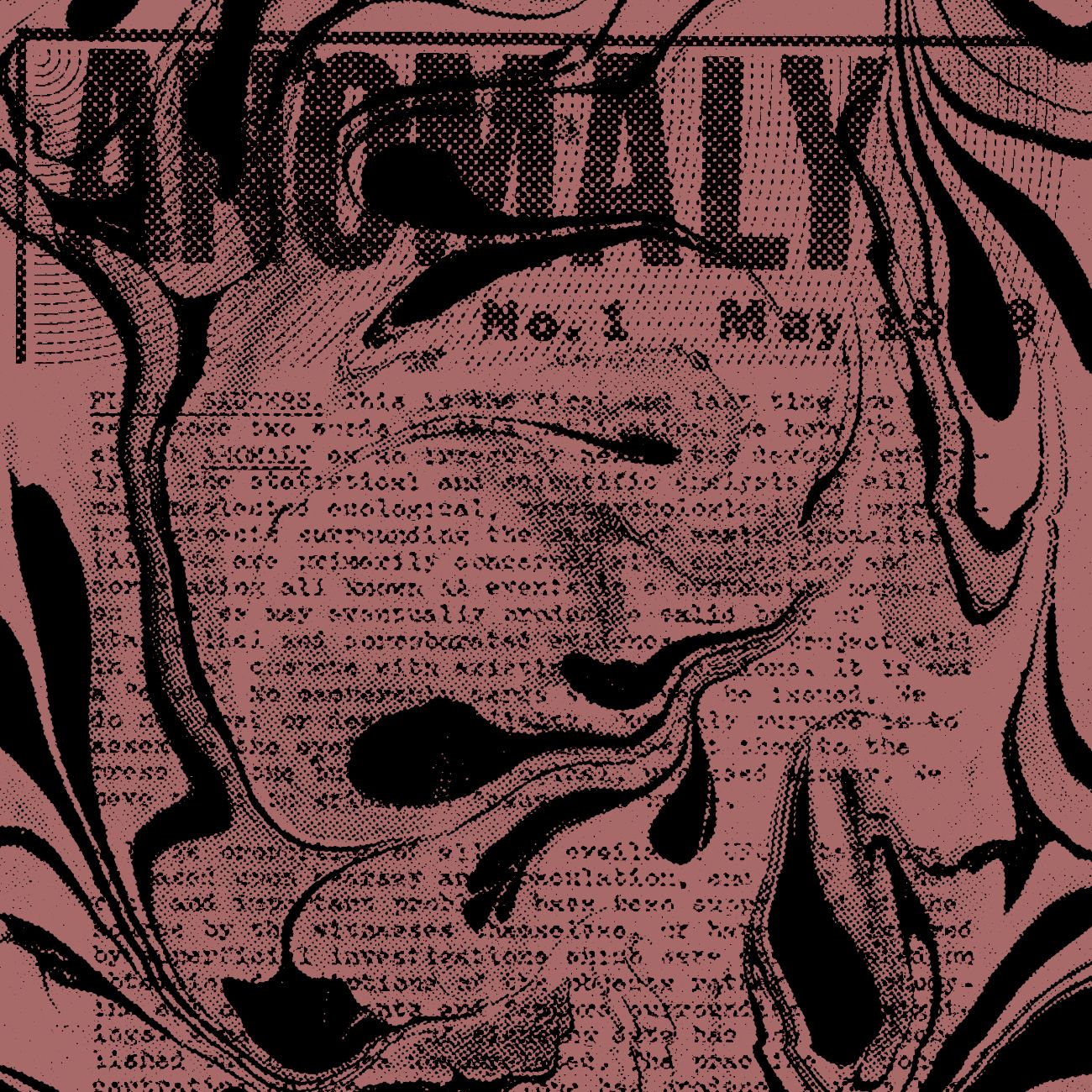Hallucinatory UFOs and sound

I've been reading through old issues of John Keel's Anomaly newsletter from the 60s and 70s, and I found some interesting tidbits in Anomaly issue 1, May 1, 1969 that I wanted to share. As I've mentioned plenty before, my goal is to find little gems of information, share them, and then try to find ways to link 'em up and make sense of it all as I continue reading and researching. So, as always, take this as a "hey look this is an interesting theory" type of post rather than anything claiming a definitive conclusion.
In this inaugural issue, John Keel says that some UFO contact cases are induced hallucinations, or hallucinations caused by an external source (similar to hypnosis). That's not to say that something strange didn't occur, just that perhaps it's strange in more ways than we think.
Sound in UFO encounters
Keel writes about how sound in UFO encounters might be an indication that something more hallucinatory (or psychical?) occurred, saying that:
- sounds are extremely important in witness accounts
- many of the sounds are "mental," meaning they come from within the brain rather than vibrations in the air
- when people hear beeping sounds, that might indicate that people have had an unconscious experience, as indicated by weird lapse in time or by suddenly being in a different location ("geographical transfers") (This makes me think of how the introductions of the Gateway Tapes meditations start with beeping sounds, at least in the ones I've listened to so far.)
The Estes Method, the Double-Blind Ghost Box, and strange sounds
This also makes me think of the Estes Method of paranormal investigation (developed by investigators Karl Pfeiffer, Connor Randall, and Michelle Tate and popularized by the webseries Hellier.) vs. the similar Double-Blind Ghost Box Session (described in the book The Double-Blind Ghost Box: Scientific Methods, Examples, and Transcripts by Shawn Taylor and Daniel Morgan).[^1]
First, in case you aren't familiar with it, here's what the Estes Method is:
- One person (the Operator) asks questions, while another person (the Receiver) answers them.
- The Receiver can’t hear the questions or see the Operator, because they’re blindfolded and wearing noise blocking headphones that are plugged into a spirit box (a modified radio that can be set to sweep AM or FM stations at a swift rate, also known as a ghost box).
- The Receiver repeats any words that they hear from the spirit box.
The idea is that this method erases some of the bias that can skew results during a typical ghost box session.
In 2013, separately from Pfieffer and Randall’s work, investigators Shawn Taylor and Daniel Morgan published a book called The Double-Blind Ghost Box: Scientific Methods, Examples, and Transcripts. Their version of the method is the Double Blind Ghost Box Session, alluding to their more scientific (and less psychic) approach to the technique. One key difference between their Double Blind Ghost Box Session and the Estes Method is that the spirit box is connected to the mic input on a recorder, so the spirit box audio is recorded. The receiver’s headphones are plugged into the headphone jack on that recorder. A second recorder is set up to document the questions and responses. Then, during evidence review, the investigator listens back to the spirit box audio as well.
In 2013, separately from Pfieffer and Randall’s work, investigators Shawn Taylor and Daniel Morgan published a book called The Double-Blind Ghost Box: Scientific Methods, Examples, and Transcripts. Their version of the method is the Double Blind Ghost Box Session, alluding to their more science-focused (and less psychic) approach to the technique.
One key difference between their Double Blind Ghost Box Session and the Estes Method is that the spirit box is connected to the mic input on a recorder, so the spirit box audio is recorded. The receiver’s headphones are plugged into the headphone jack on that recorder. A second recorder is set up to document the questions and responses. Then, during evidence review, the investigator listens back to the spirit box audio as well.
The Double-Blind Ghost Box method assumes that the actual spirit box audio is what’s most important, rather than someone’s (potentially psychic) response to hearing the spirit box audio.
However, the authors give examples where receivers hear things, like a prolonged period of loud singing, that aren’t present in the spirit box audio that they listen back to, suggesting that something psychic may still be at work.
The relevant bit here is that even in the the Double-Blind Ghost Box Session, which tries to eliminate the subjective aspect of paranormal investigation, it seems that the receiver psychically hears things that a recording the output of the ghost box might not contain.
It's not that the receiver didn't hear the anomalous sound or that it wasn't real; it was just something they head in their head. In one case, two receivers heard the same anomalous singing at the same time, which seems to underscore the idea that what they heard was "real" even if it was received psychically.
Outro
So Keel's contention about sounds that might be heard only in a contactee's mind seems to be backed up by the other strange sounds that people have heard in their mind while attempting communication with the paranormal.
What is it about sound that makes it (at least to Keel in 1969) more of an indication of some sort of psychic occurrence? Is our sense of sound unique in some way, or could this be true of any sense, but Keel just pinpointed sound for some reason? I can say that I've experienced some strange sounds in a haunting-type situation (which I talked about during my series about the history and hauntings of Fordham University), so I've always got an eye out for paranormal sounds.
[^1] For this next bit, I'm going to shamelessly self-plagiarize what I said in my episode about the Solo Estes Method.

